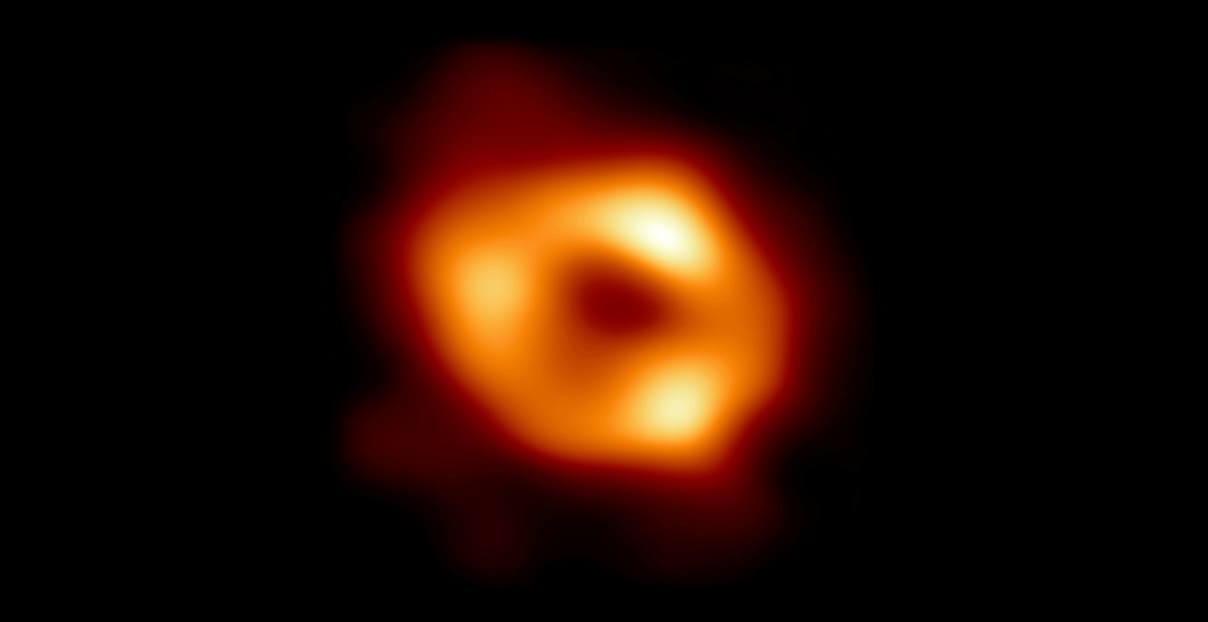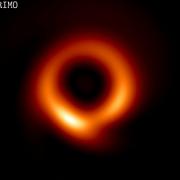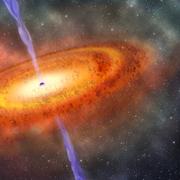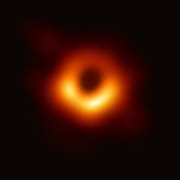
Här är första bilden någonsin på Vintergatans svarta hål: ”Vetenskaplig bragd”
Den första bilden någonsin på Vintergatans supermassiva svarta hål, Sagittarius A* har publicerats av forskare från Event horizon-teleskopet.
– Det är väldigt spännande för oss att visa den bästa bilden som någonsin har tagits på Sagittarius, säger Huib van Langeveld, som leder projektet.
Forskarna kallar bilden för en ”vetenskaplig bragd” och skriver i ett pressmeddelande att de tog bilden med hjälp av åtta synkroniserade radioteleskop världen över.
”Vi blev golvade av hur väl storleken på cirkeln stämde överens med förutsägelserna i Einsteins allmänna relativitetsteori”, säger forskaren Geoffrey Bower i ett pressmeddelande.
På pressträffarna deltar forskare från Event horizon-teleskopet som bröt ny mark 2019 när ett svart hål, 55 miljoner ljusår från jorden, fångades på bild. Detta sågs som ett stort forskningsgenombrott inom fysiken.



